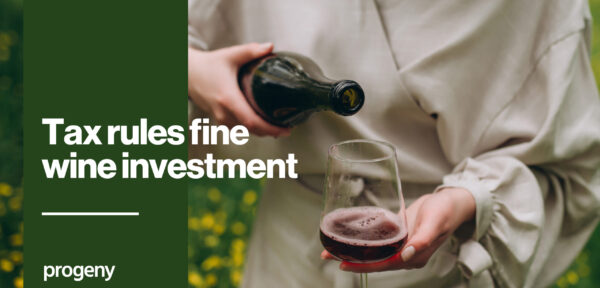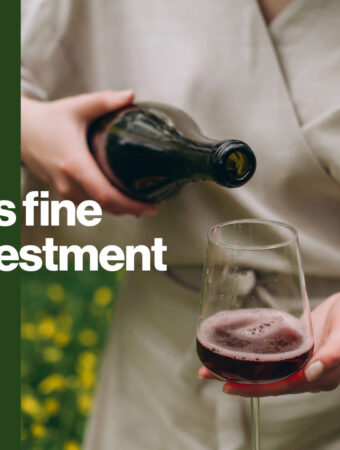The investment market for fine wines stands at more than $5billion, with many people choosing to take the plunge into this interesting venture. So, what are the UK tax rules for fine wine investment?
As Joan Collins famously said: “Age is just a number. It’s totally irrelevant unless, of course, you happen to be a bottle of wine.” Unsurprisingly the rules around investing in fine wine are far from straightforward. As with many other investments, there’s a danger that any profits you make will attract income tax.
However, for many people investing in fine wines is a passive investment. If tax does need to be paid on any gains made, it’s more likely to be in the form of the somewhat friendlier capital gains tax (CGT) rates – and then only after any CGT annual exemption has been used up.
So when does CGT apply?
A general principle to bear in mind for CGT is the 50-year rule. If you buy or receive an asset, and at the time you acquire it its expected useful life is less than 50 years, generally any gains made when you sell or dispose of it won’t attract CGT. However, if, when you acquire it the expected useful life is more than 50 years, any gains might fall into the CGT net.
If wine does fall prey to CGT there’s also another complication. A single bottle of wine is classed as a chattel. If you receive less than £6,000 for your bottle of wine CGT won’t need to be paid on any profits made. But it’s unusual for a single bottle to be sold; usually you’ll be selling a set or a case of wine. Here complex rules come in to play to determine the actual gain made on your bottle of wine as part of a set. Without going into the intricacies, it’s generally expected that when selling your bottle of wine as part of a set there will be more tax to pay.
Taxing wine
To understand any possible CGT on wine, you need to know its expected useful life when you acquire it. And that’s where the fun and games begin. The British tax authorities – HMRC – are happy that cheap table wine which will turn to vinegar in a few years can be classed as a ‘wasting asset’ and exempt from CGT on sale. They are also of the view that port and other fortified wines have a very long shelf life and would not be wasting assets and so would be subject to CGT on gains made on disposal.
Between those two extremes are a number of fine wines which are drinkable after a substantial period. In practice most wines are drunk well before they reach 50 years of age. However, where it’s not unusual for a wine to be kept for more than 50 years, even if only samples are kept, HMRC say they will not generally treat that as a wasting asset with tax due on any gains. On the other hand, guidance from many of the market makers for fine wine investing is bullish, and it’s not unusual to see them stating that fine wines are not likely to attract UK CGT.
A quick web search brings up a number of fine wines for sale (at amazing prices!) with vintages going back to the 1960s and early 1970s – now more than 50 years ago. So, in short, the UK tax treatment of gains on fine wines is, sadly, about as clear as a bottle of well-aged burgundy!
Wine investment – things to consider
Investing in fine wine is certainly an enjoyable and rather interesting topic. From an investment perspective it’s worth remembering that wine can’t be liquidated; it cannot be sold to cash quickly, it’s difficult to value and ultimately isn’t regulated. As a result, from a financial advice perspective, it’s not possible to offer guidance on the merits (or not) of investing in it.
To discuss any aspect of tax on your investment portfolio please contact us today.








